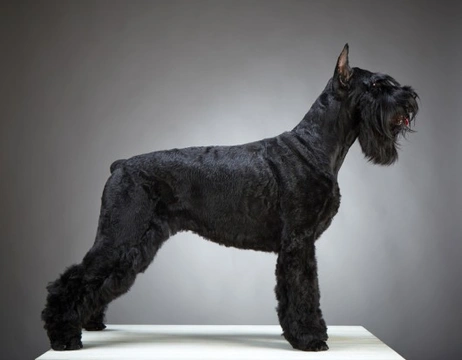
Avoiding hereditary health problems when breeding pedigree dogs
The UK is a nation of dog lovers, and while the cat is the most widely owned domestic pet, the dog comes in a very close second! While many people love mutts and mongrels of all types and are not overly fussy about owning a registered pedigree, many more dog lovers are particularly fond of a particular type of dog, from a set pedigree breed.
There are well over 200 different pedigree dog breeds recognised within the UK, providing something for everyone and a huge range of diversity among dogs as a whole. However, every pedigree dog will come from within a gene pool that is comparatively very narrow in terms of the size of the gene pool of the breed, when compared to mixed breed dogs that benefit from the added diversity of hybrid vigour. This is much more pronounced in some breeds than others, with rare and less popular breeds having only a small number of viable breeding dogs available in the first place. Some other breeds, such as those that are most popular and widely owned, should theoretically benefit from a greater degree of diversity and lower level of inbreeding, and so, should have a better chance of benefitting from robust health.
Whether you are in the market to buy a pedigree dog or puppy, are an established breeder or are an enthusiast that is considering breeding from your pedigree dog, one of the greatest challenges that you may face is buying or breeding a puppy that is both a good example of the breed, but that is not apt to inherit hereditary health defects that are found within the breed’s gene pool.
We will look at the main ways in which breeders can avoid perpetuating or introducing hereditary health problems when breeding from their lines in more detail within this article.
Genetic diversity
The genetic diversity of any pedigree breed of dog is naturally limited by virtue of the fact that only dogs of the same breed are permissible within the breed pool. Breeders can work to ensure that they do not limit the genetic diversity of their own breed lines further by following a few simple guidelines when it comes to the selection of their parent dogs.
Try to ensure that the breed pool is made up of an equal number of male and female dogs. This may seem obvious, but as female dogs are limited by the number of litters that they can have while males are not, male dogs of good quality are often put out to stud. This can lead to a small number of sires fathering large number of litters, in what is known as the “popular sire effect,” which reduces the genetic diversity of the breed as a whole.
Breeders should calculate the coefficient of inbreeding statistics of their own parent dogs (more information on this here) and aim to consistently reduce their statistics, and ensure that close relatives are not bred, and cousins and other more distant relative breedings are not undertaken lightly.
Selecting the right pairing
Choosing the right match of dam and sire is vital to ensuring a good quality litter that possesses the good traits of the breed, without enhancing or introducing bad traits. Pre-breeding health screening of both dogs can ensure that dogs carrying hereditary health problems are not mated, but there is more to it than this!
Breeders should analyse the paperwork accompanying both potential parent dogs and avoid mating dogs that share common ancestors, particularly those whose common ancestors are near to the breeding end of the line. Using The Kennel Club’s “mate select” programme can also help breeders to work out the coefficient of inbreeding statistic for any given mating, even if the proposed mating includes a dog owned by another party.
In order to improve the genetic diversity within any given breed line, it is advisable to use assortative mating rather than line breeding to establish desirable traits within the breed. This means selecting unrelated parent dogs that share the same positive traits, rather than breeding related dogs to maintain such a trait.
Breeding for the future
When a breeder assesses their litters to find potential future breeding dogs, it is common to choose the best example of the litter only. Picking the two best pups from the litter to retain for breeding or to sell as breeding stock is a better way of advancing the genetic diversity of the breed as a whole.
The length of time between the generations of dogs within a line can also help, as the larger the gap between each generation, the more likely any health conditions or problems are to become apparent, and less genetic losses will occur across the breed line’s history as a whole.
Breeding the same pair of dogs over and over will serve to reduce the genetic diversity of your own breed line, and the breed as a whole. Outcrossing to unrelated dogs from another line or breeder will help to strengthen the hereditary health of the breed. Where permitted within the breed standard, outcrossing to permitted other breeds can help to strengthen the hereditary health of any given breed line too.
When breeding for any purpose, be it profit, the production of future show dogs or to produce good, well rounded pets, breeding for health, diversity and good temperament rather than a specific appearance or build is much more beneficial to the health and wellness of the breed as a whole.



